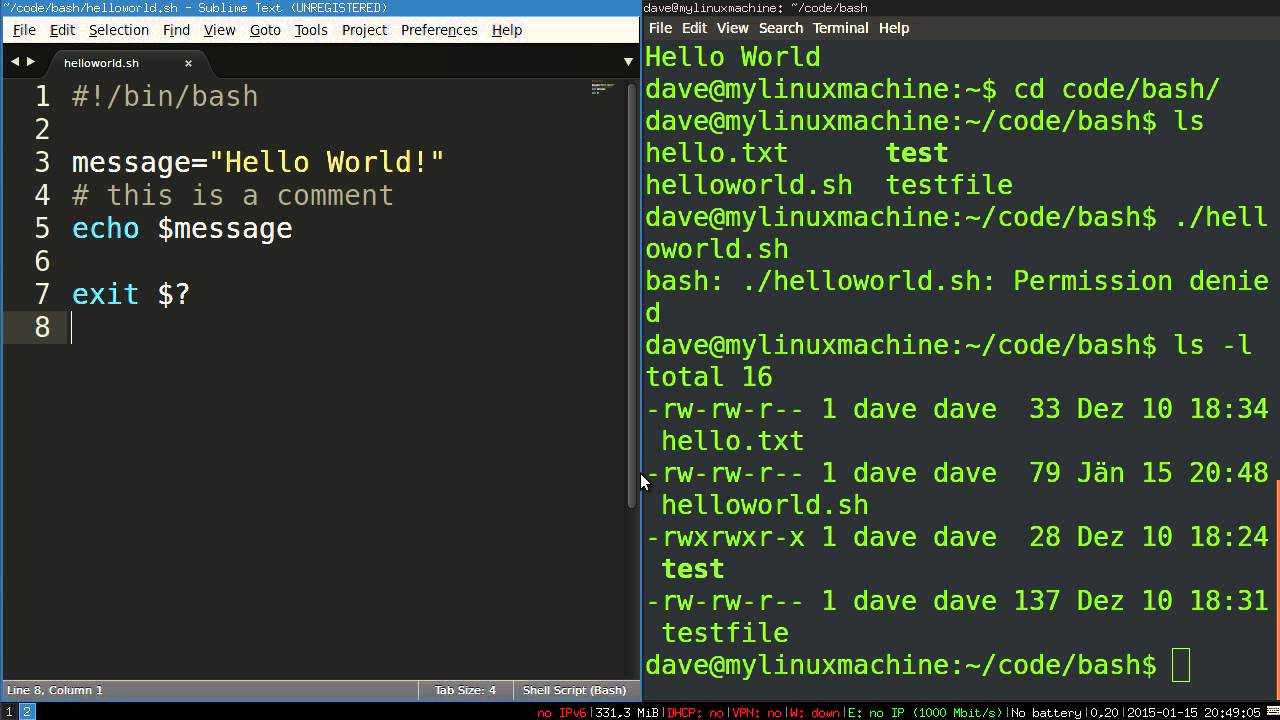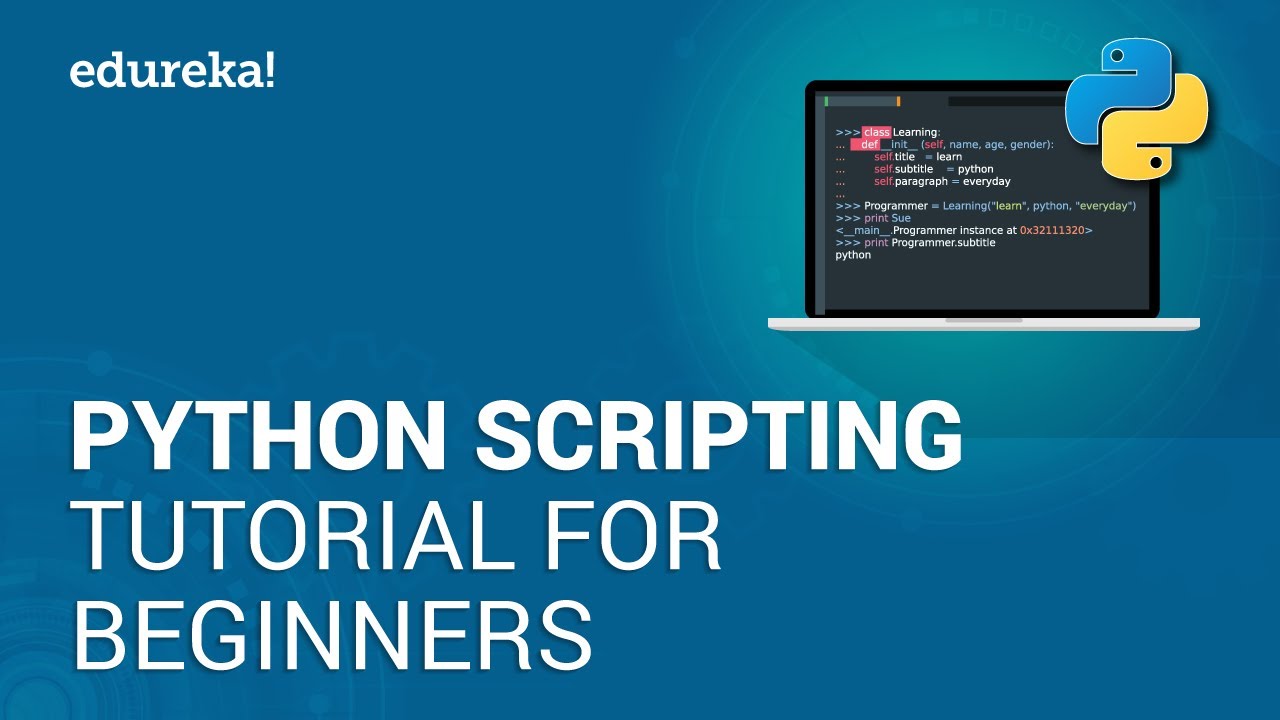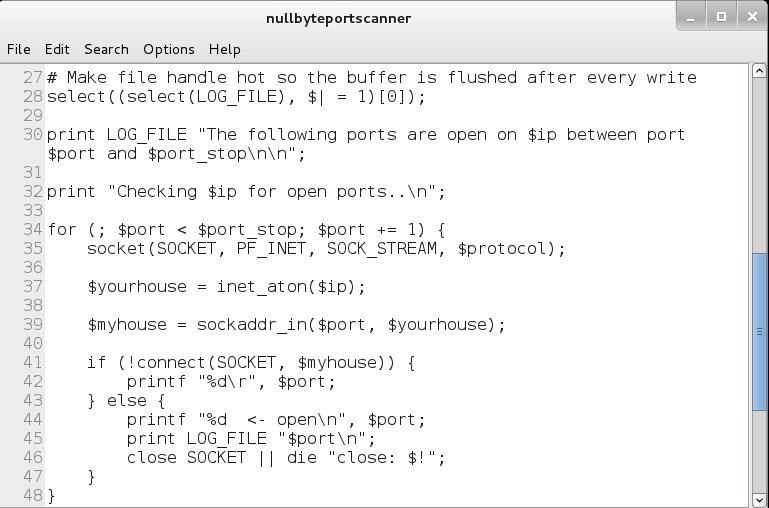
Linux Scripting for Beginners: Boost Productivity with Bash, Python, and Perl
As a Linux user, you’re no stranger to the world of scripting. Whether you’re a seasoned developer or a system administrator, scripting can help you automate mundane tasks, enhance system management, and increase productivity. In this article, we’ll delve into the world of Linux scripting, exploring the power of Bash, Python, and Perl. We’ll provide practical examples and guidance on how to harness their potential effectively.
The Power of Scripting
Scripting has been a cornerstone of Linux’s capabilities since its inception. It allows users to automate tasks, streamline system management, and enhance productivity. With the right scripting language, you can accomplish almost anything that can be done manually on the command line.
Bash: The Unix Shell Workhorse
Bash (Bourne Again SHell) is the default shell on most Linux distributions and macOS. Its prevalence in the Unix-like world, straightforward syntax, and powerful command integration make it an ideal choice for quick and efficient scripting. Bash scripts can automate almost any task that can be done manually on the command line.
 Bash scripting made easy
Bash scripting made easy
Example Scripts
System Update Script
This Bash script automates the process of updating system packages. It’s useful for maintaining several Linux systems or ensuring that your system is always up to date without manual intervention.
#!/bin/bash
echo "Updating system packages..."
sudo apt update && sudo apt upgrade -y
echo "System updated successfully!"
Backup Script
Creating regular backups is crucial. This script backs up a specified directory to a designated location.
#!/bin/bash
SOURCE="/home/user/documents"
BACKUP="/home/user/backup"
echo "Backing up files from $SOURCE to $BACKUP"
rsync -a --delete "$SOURCE" "$BACKUP"
echo "Backup completed successfully."
Tips for Writing Effective Bash Scripts
- Error Handling: Always check the exit status of commands using
$?. Useset -eto make your script exit on any error. - Debugging: Use
set -xto trace what gets executed in your script, which is immensely helpful for debugging.
Python: The Swiss Army Knife of Scripting
Python’s readability and simplicity have made it one of the most popular programming languages today, particularly for scripting on Linux. Its extensive standard library and the availability of third-party modules make Python a versatile tool for system scripting and automation.
 Python scripting for Linux
Python scripting for Linux
Example Scripts
Disk Space Monitor
This script warns the user if the disk space falls below a certain threshold.
#!/usr/bin/env python3
import shutil
def check_disk_space(path, threshold):
total, used, free = shutil.disk_usage(path)
percentage_free = (free / total) * 100
if percentage_free < threshold:
print(f"Warning: Low disk space on {path}. Only {percentage_free:.2f}% free.")
check_disk_space("/", 10) # Check if less than 10% is free on root
Network Status Checker
This script monitors the network connection and logs downtime periods.
#!/usr/bin/env python3
import os
import time
def check_network():
response = os.system("ping -c 1 google.com > /dev/null 2>&1")
return response == 0
while True:
if not check_network():
print("Network down at", time.strftime("%Y-%m-%d %H:%M:%S"))
time.sleep(60)
Tips for Writing Effective Python Scripts
- Use of Libraries: Leverage Python’s extensive libraries for almost any system task.
- Exception Handling: Always use try-except blocks to handle potential errors in your scripts.
Perl: The Duct Tape of the Internet
Perl was once the frontrunner in scripting languages, known as the “duct tape of the Internet”. Perl excels in text manipulation and system administration tasks.
 Perl scripting for Linux
Perl scripting for Linux
Example Scripts
Log File Analyzer
This script reads through a specified log file and summarizes entries of interest.
#!/usr/bin/perl
use strict;
use warnings;
open my $fh, '<', '/var/log/syslog' or die "Could not open syslog: $!";
while (my $line = <$fh>) {
print $line if $line =~ /error/i;
}
close $fh;
User Management Tool
This script provides an interface for adding, removing, and managing system users.
#!/usr/bin/perl
use strict;
use warnings;
sub add_user {
my ($user) = @_;
system("useradd", $user) == 0 or die "Failed to add user $user: $!";
print "User $user added successfully.
";
}
add_user('newuser');
Tips for Writing Effective Perl Scripts
- CPAN Modules: Utilize the Comprehensive Perl Archive Network (CPAN) to extend Perl’s functionality.
- Debugging: Use Perl’s built-in debugging tool with
perl -d script.plfor troubleshooting.
Conclusion
Bash, Python, and Perl each bring unique strengths to the table. Bash is excellent for simple scripts and system tasks, Python offers extensive libraries and high-level capabilities, and Perl provides unmatched text-processing power. Depending on the task at hand and your personal or organizational preferences, one may suit your needs better than the others. Experimenting with these scripts will not only enhance your system’s efficiency but also expand your programming prowess.
 Boost your productivity with Linux scripting
Boost your productivity with Linux scripting














